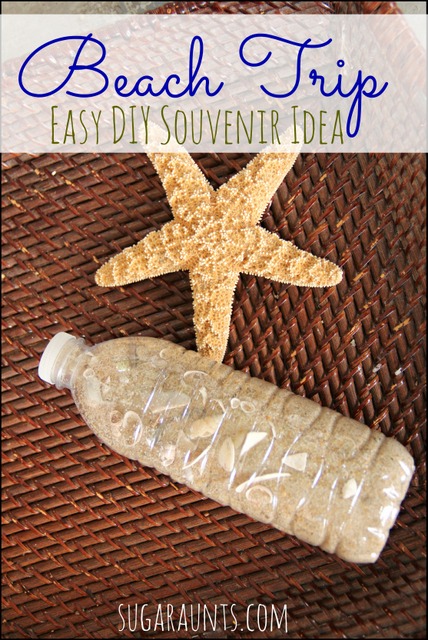
Beach souvenir idea for kids (free!)
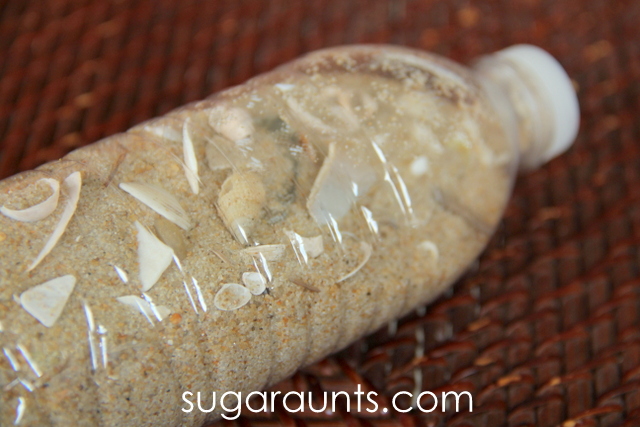

Beach Themed Sensory Bottle







We are absolutely loving our cooking with kids series. My kids love to get in the kitchen and cook with me. (I think the end result of tasting the treats might be a minor motivation…) Today’s Cooking with Kids recipe was a huge hit and the perfect after school snack for a rainy day. We made our own Fruit Mini- Pizza recipe with grapes for today’s G is for Grapes post. The kids decorated their own pizzas and gobbled up this snack!
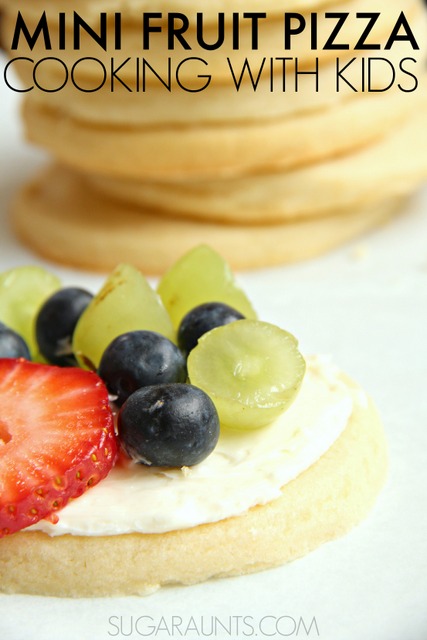

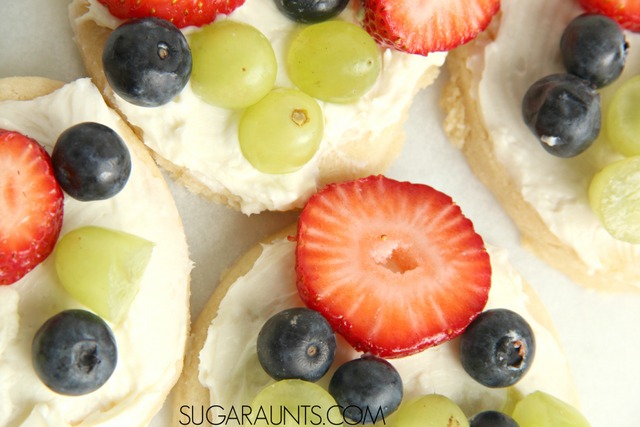





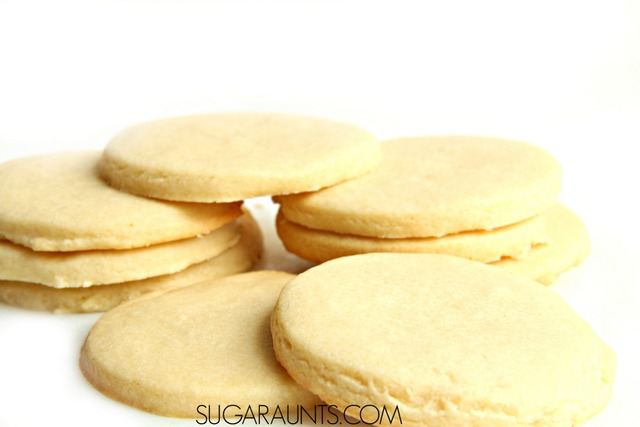











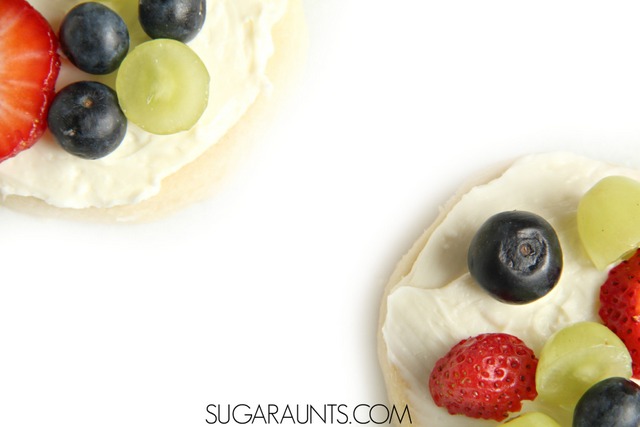

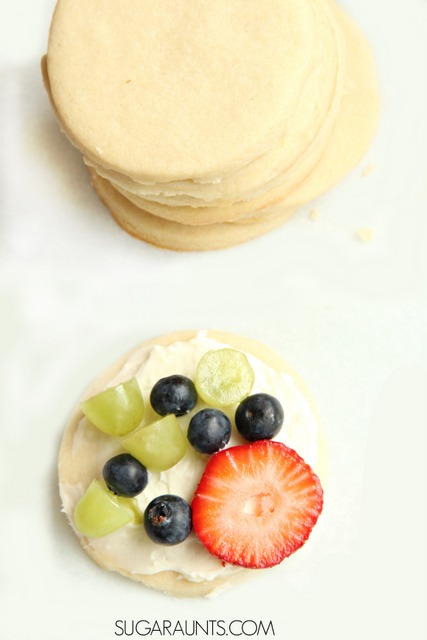

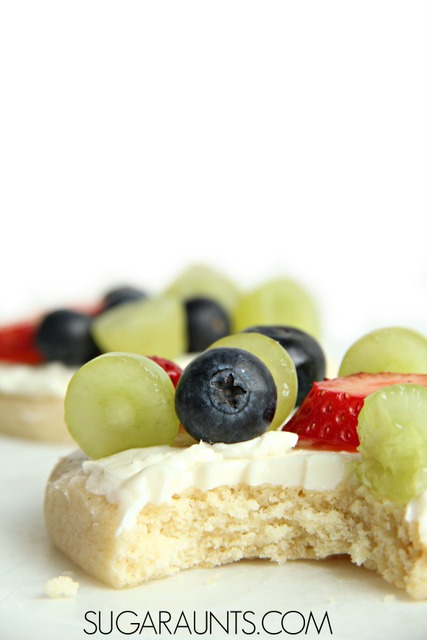

This aerodynamics experiment explores streamlined vehicles and is a STEM car experiment with an added mix of fine motor skill work. It’s a fun discovery activity for kids! Today’s experiment with streamlined vehicles and shapes was a very fun way to learn about air drag!
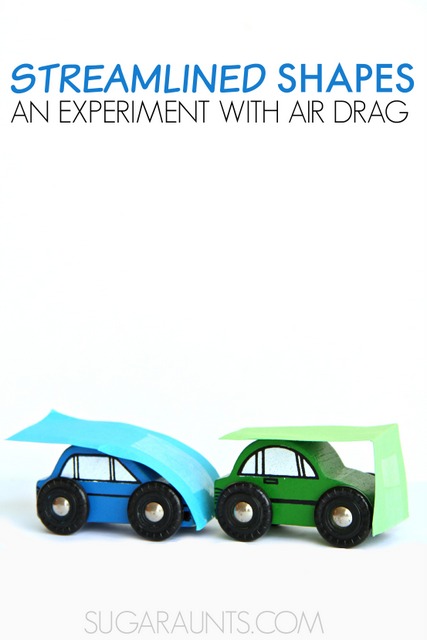

In this experiment, we explore air resistance and drag. Both can be visually seen in the car experiment below.
Air resistance refers to the force of air against an object as it moves. In the case of a vehicle, the air has some resistance against the front of the vehicle. Larger vehicles have more physical space pushing against air in front of it as it moves along a road. A smaller, more compact car has less space to resist against the force of air.
Drag is air resistance caused by disturbances in the flow of air over an object. This force slows down moving objects like the cars in our experiment.
A streamlined shape is one that has less drag, or friction between the surface of the shape and the air resistance as the shape moves through the space. For example, a streamlined shape on a vehicle would have a low and triangular hood (think: race car) as opposed to a boxy rectangular front of a dump truck. The shapes of vehicles are typically designed to be streamlined so that there is less drag from the resistance of air as they move along a road.


In this experiment, we are exploring shapes for the resistance they have against the force of air as it moves through space. Streamlined vehicles and boxy, large, or square-shaped vehicles move through air and the space of the road differently. We wanted to take a look at these differences and see how a streamlined car moves.
We used just a few materials for this experiment (I’m including the affiliate links for your convenience.)
You’ll need:
Prediction: Ask your child their predictions! What will the shapes do to the cars? Will one shape go faster? Why? What will happen when air is applied to the cars?




Have fun with your air flow experiments! You might also like our Bernoulli’s Principle air glider project:
We’ve been busy recently making lots of potato print stamp crafts. (Notice: you’ve been warned. Be prepared for super cute potato stamp art and crafts coming your way!) So this week on Share It Saturday, we decided to feature the cutest potato stamp crafts out there. The Polar Bear Print below was the inspiration for this feature post from our link up and we had to go look for more. We’ve done a Grand Old Duke of York nursery rhyme print before and are excited to share more potato stamp crafts soon!
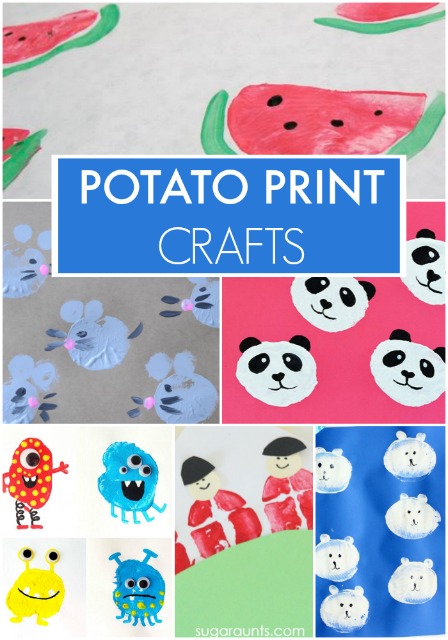

How adorable are these:
Tulip Prints from Crafty Morning
Watermelon Prints from Inner Child Fun
Monster Prints from Mollymoo
Panda Stamps from I heart arts and crafts
Mice Stamps from Glued to My Crafts
Grand Old Duke of York nursery rhyme print from Sugar Aunts






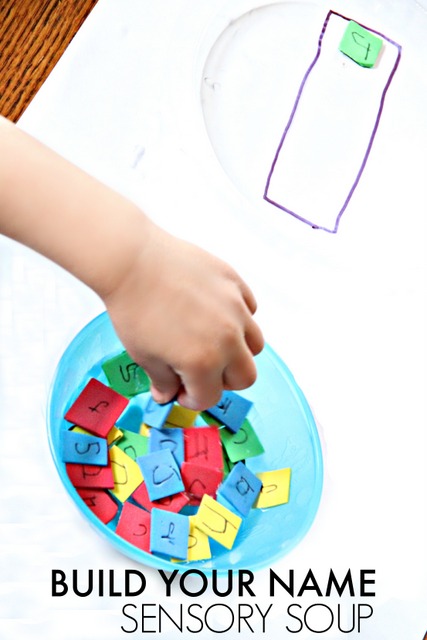



High-Contrast Letter Formation
Sensory Letter Formation Practice
Tracing Letters: Letter Formation Handwriting Practice with Chalk
Tracing Lines with a DIY Light Box
Improving Pencil Grasp With Fine Motor Play Activities
Fine Motor Coordination with a Cereal Box (activity to improve tripod grasp)Gift Guide: Toys to Improve Pencil Grasp
This post is part of Preschool Powol Packet’s name recognition writing series. Stop by and see all of the great ways to practice name formation.
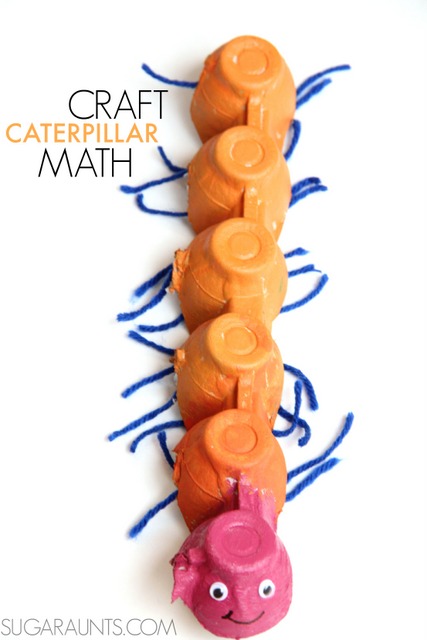

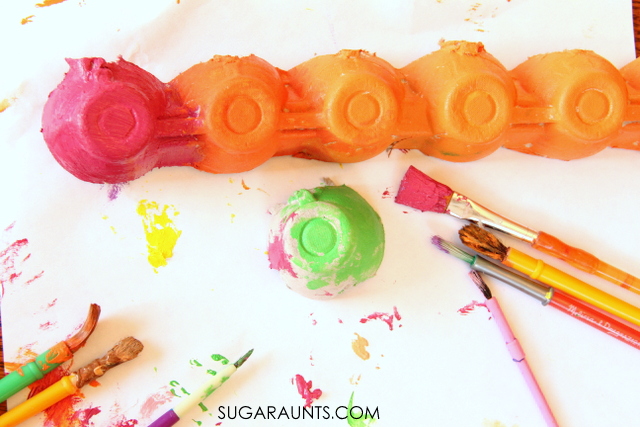



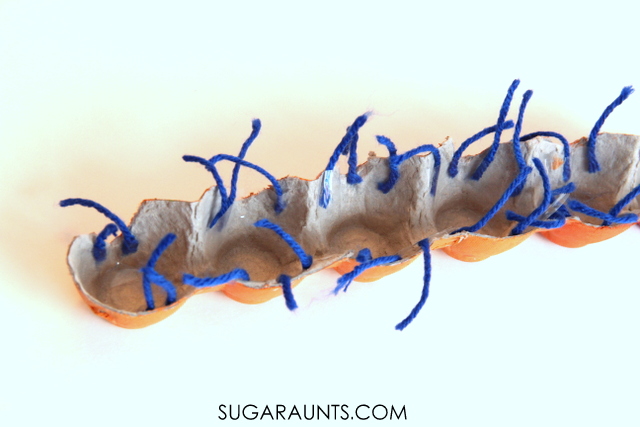



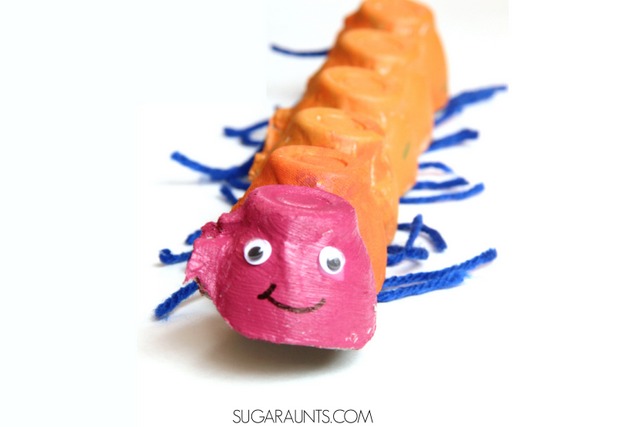

This post is part of the natural parenting and earth month series at Allternative Learning.
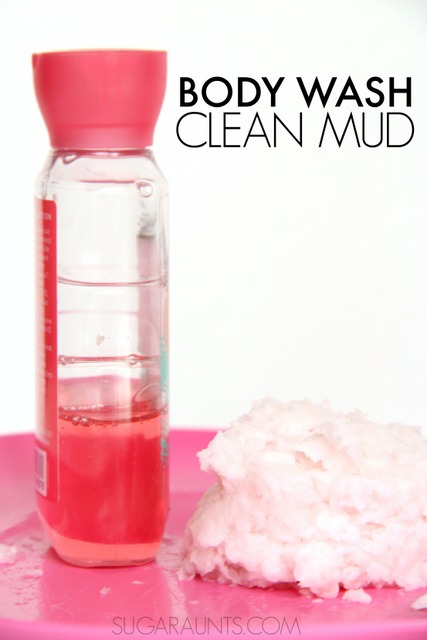

With a broken microwave, we were out of luck making the traditional recipe for clean mud. Or were we??? Why not try a stove top version of clean mud for a different twist on the usual clean mud recipe. Instead of a bar of Ivory soap, we used body wash. (This scent also had a pink tint to it and the body wash made for a great cherry/vanilla scent.)


Next, add one tablespoon of body wash and one tablespoon of water. Stir everything together over heat on the stove. Keep stirring until the clean mud reaches the consistency of mashed potatoes. Remove from heat and continue to stir.
Dump the clean mud onto a clean surface and let cool to touch. Knead the dough just a bit to add “fluff” to the sensory dough. You want the clean mud to be squishy but not too soapy. You can adjust the texture by adding more toilet paper or soap/water.
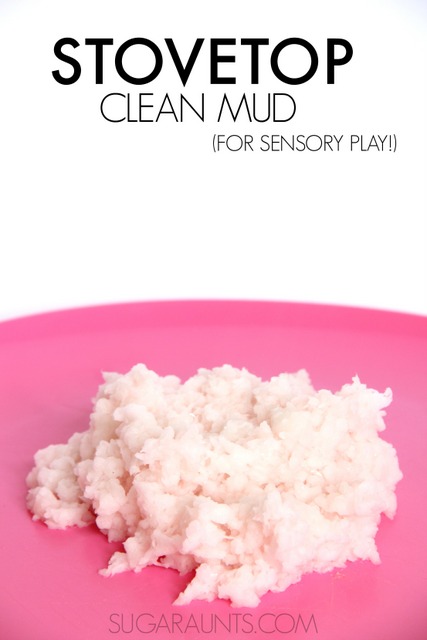





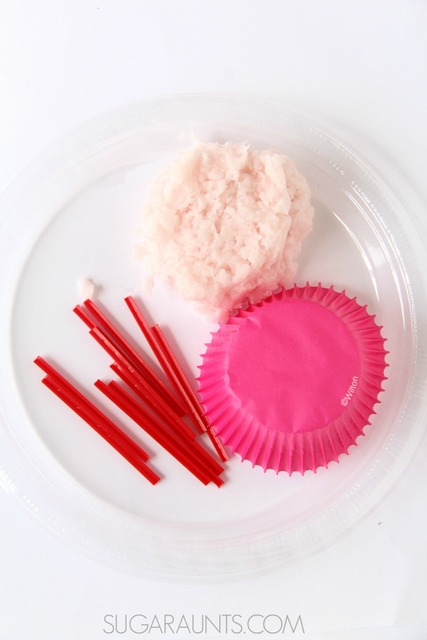



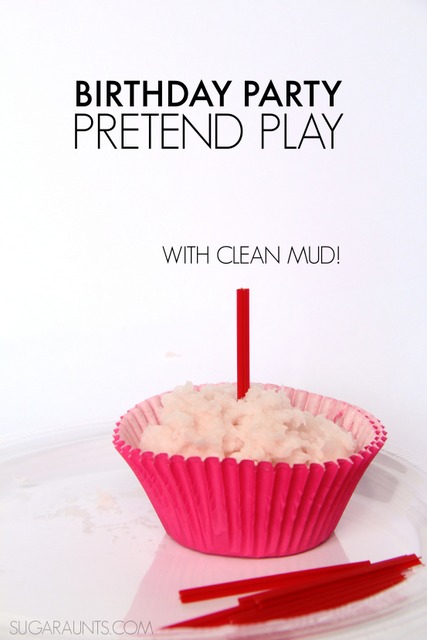

Did you ever explore different ways to paint with yarn? Yarn painting is a creative art idea and an overall creative painting activity that you’ll want to try. What better way to create art with the kids, than with a skein of yarn? Grab the paints and that unused yarn and get ready to paint!
Yarn Pom Pom Painting from Crayon Box Chronicles. Make yarn pom pom drumsticks and paint away!
Yarn Stamp Art from Fantastic Fun and Learning. Wrap a block in yarn and stamp the paint into art.
Homemade Yarn Paint Brushes from Learn Play Imagine. Make homemade paint brushes using yarn.
Painting with Yarn from Fantastic Fun and Learning. It doesn’t get much easier than this!
Want to make a recycled tambourine? We’ve got you covered with our plate tambourine craft from years ago. We used recycled clear plates for a colorful tambourine that the kids loved!
We made these clear DIY tambourines as a baby sensory toy that was a big hit with all of the kids. The clear plastic plates made sensory play fun with a visual and auditory aspect. Using recycled materials in craft and play is one of our favorite ways to create! We also recommend making a bottle xylophone for more colorful and beautiful music!
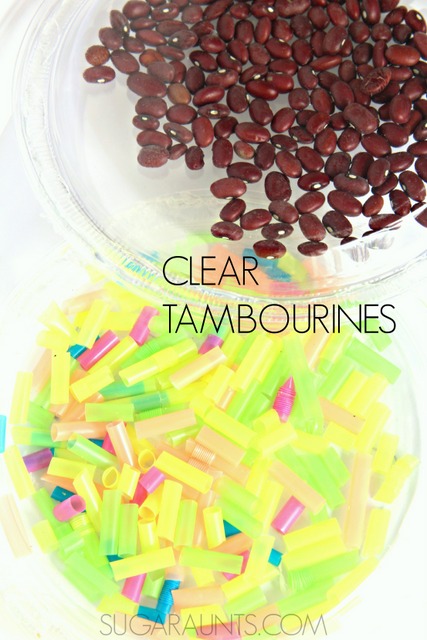















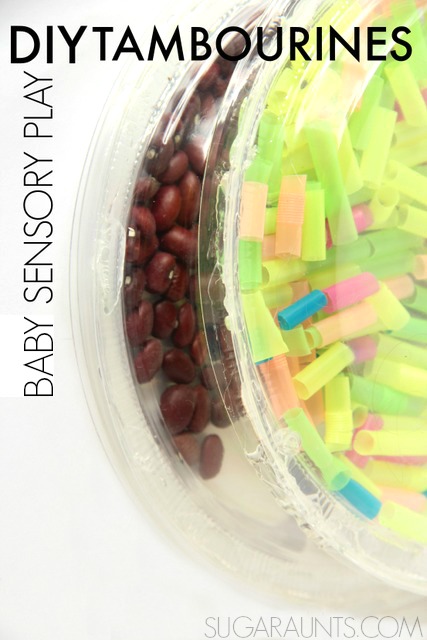

Other DIY instruments that we loved include: